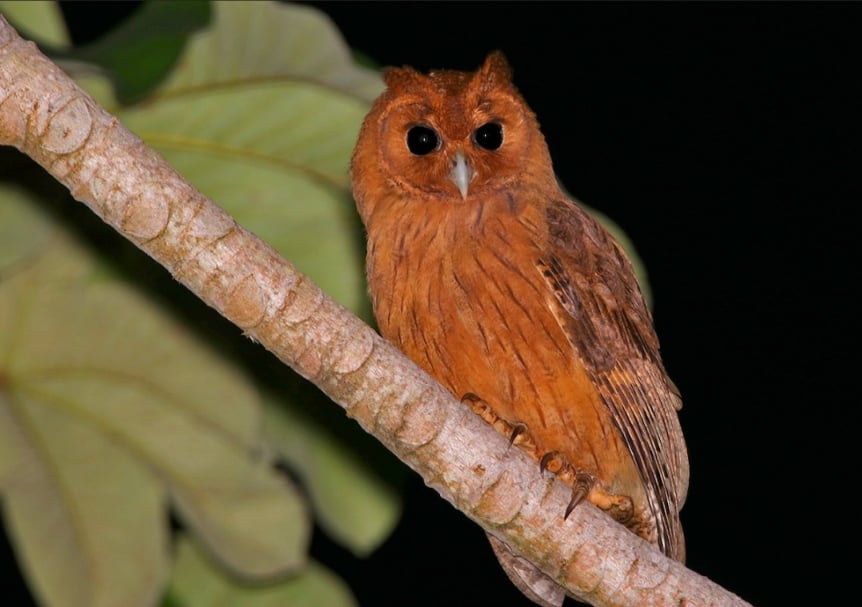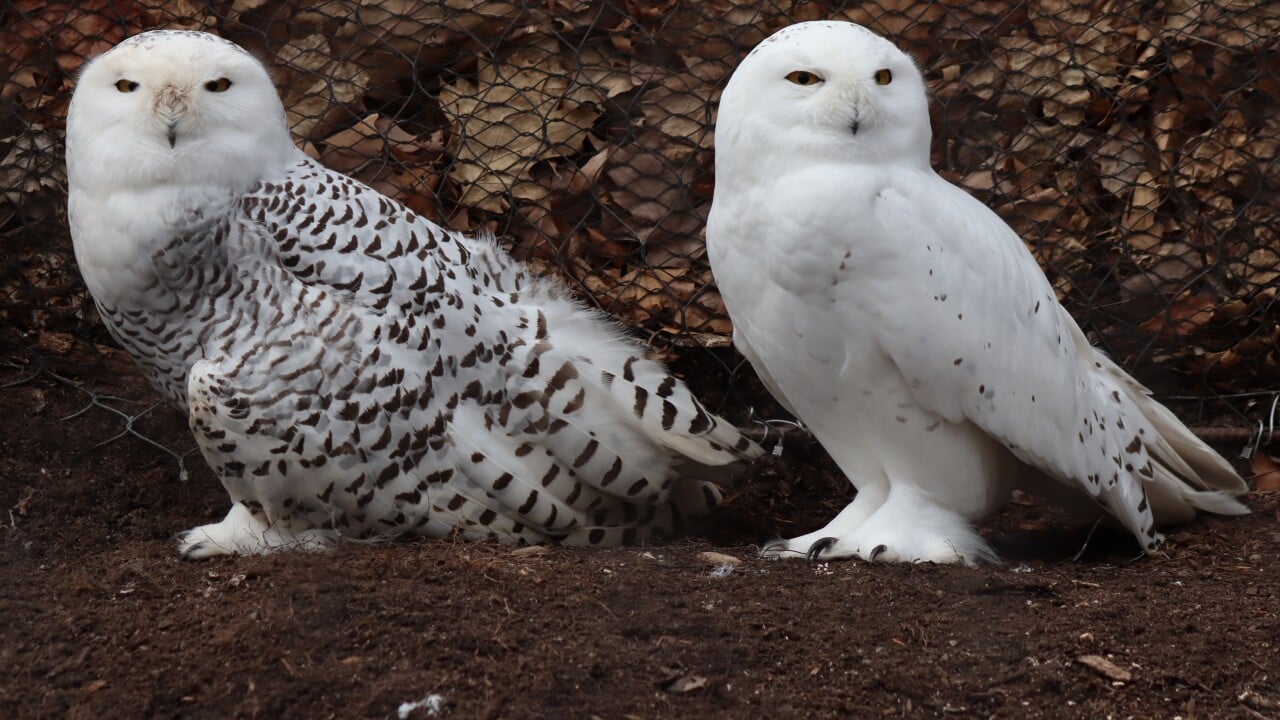Photos by Tim Avery
Found throughout Jamaica, though mostly towards the coast and lowlands.
Eats mostly large insects, but also amphibians, spiders, lizards, and rodents.
The Peregrine Fund had a nice write up on them, which also covers some owl basics, good for anyone newer here.
The Jamaican Owl is a very striking owl. It has dark eyes, a bright rufous colored body marked with fine, black streaks along its breast, a facial disk edged with white and black feathers, and prominent ear tufts. When reading this description of a Jamaican Owl, perhaps you are wondering what a facial disk is and what ear tufts are.
The facial disk, a trait shared by most owls and even some diurnal birds of prey such as the Harpy Eagle and the Northern Harrier, is composed of feathers that form a circle around the bird’s face. The disk can be lifted or lowered at will. When the feathers of the facial disk are raised, they help direct sounds to the birds’ ears, which are located on the sides of its head. To find out how this works, cup your hands behind your ears and listen. You might notice that whatever you are listening to seems louder. The same thing happens when a bird lifts its facial disk. This helps the bird pinpoint prey using its hearing.
Ear tufts, in fact, aren't ears at all! Though the Jamaican Owl (and all birds) do have ears, they are small openings on the sides of their heads hidden by feathers. Ear tufts are just feathers that grow up on the side of the bird's head that resemble ears. In fact, they are used to aid in camouflage and even in species recognition.
This owl is nocturnal, meaning it is most active during night time hours.


Bright Orange but cannot be seen because of camouflaging ear tufts
Lol, fair assessment of the photo.
I'm not sure how much this bird's color is dependant on lighting or processing of photos vs natural variation, but many photos I see aren't this vibrant.
Ultimately, photos are for people's pleasure and may not always be what we would see, were we to be there in person.
Instagram vs Reality and all that...
:D Yes, of course. That photo was made with flash so high contrast and vibrant colors.
And maybe the primary prey is not so sensitive in that spectral area.
Anyway, evolution says it works, so who am I to criticise? :) Orange! yay!